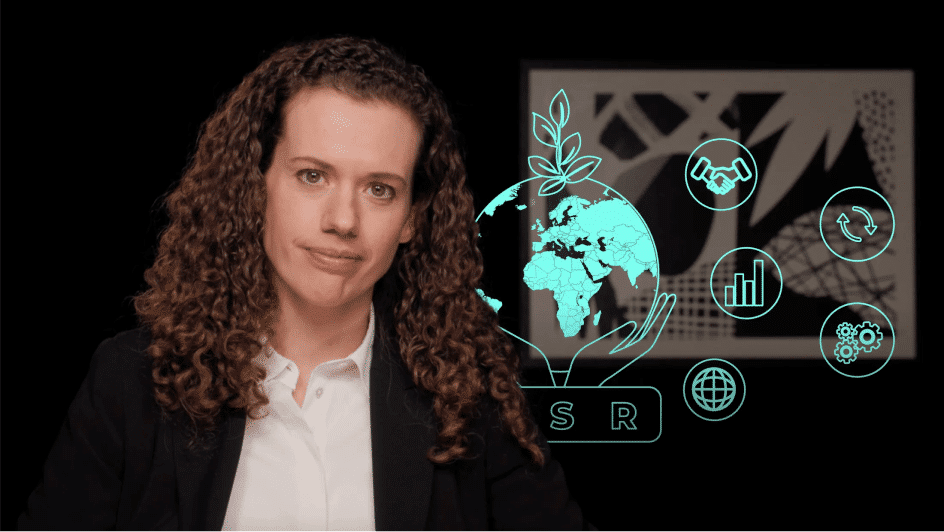
What is Risk-Free Debt?

Keith Mullin
35 years: Capital markets editorial
The concept of risk-free debt is deeply embedded in financial markets as short-hand for high-quality liquid debt that retains its value over time. In the first video of this series, Keith explains what is meant by "risk-free" and how nothing in financial markets can ever carry zero risk.
The concept of risk-free debt is deeply embedded in financial markets as short-hand for high-quality liquid debt that retains its value over time. In the first video of this series, Keith explains what is meant by "risk-free" and how nothing in financial markets can ever carry zero risk.
Subscribe to watch
Access this and all of the content on our platform by signing up for a 7-day free trial.

What is Risk-Free Debt?
9 mins 41 secs
Key learning objectives:
Define Risk-free debt and identify its properties
Be able to calculate expected return using CAPM
Define HQLA, and explain their benefits
Discuss the different types and examples of HQLA
Overview:
Risk-free debt is deeply embedded in financial markets as short-hand for high-quality liquid debt that typically retains its value over time. Also, it’s referred to as debt that has a zero chance of defaulting.
Subscribe to watch
Access this and all of the content on our platform by signing up for a 7-day free trial.
What are the Risk-free debt properties?
- Increases in value at times of market stress as investors seek its safety to protect them from volatility
- Referred to as safe-haven assets – investors are sure they’ll receive their money back regardless of market conditions
- Typically offer low returns
How can investors calculate the returns they should demand?
Capital Asset Pricing Model:

What are High-Quality Liquid Assets?
Assets that are:
- Unencumbered
- Freely transferable
- Well diversified
- Easily and immediately converted into cash
- Capacity to generate liquidity remains intact, even during periods of severe market stress
What are the benefits of HQLAs?
- Low risk and low volatility
- Ease and certainty of valuation
- Low correlation with risky assets
- Are listed on recognised exchange
- Have an active and sizeable market
- Flight-to-quality characteristics (go up in value in stressed market scenarios)
What are some examples of Level 1 Assets?
- Coins and banknotes
- Funds held in central bank reserves
- Debt securities representing claims on zero risk-weighted sovereigns, central banks and some public-sector entities
- For domestic banks, sovereign debt of their home country
What are some examples of Level 2A Assets?
- Securities representing claims on, or guaranteed by 20% risk-weighted sovereigns, central banks, public sector entities or multilateral development banks
- Plain-vanilla debt securities issued by non-financial corporates and covered bonds
- Corporate debt securities that have a long-term credit rating from a recognised rating agency of at least AA-, or a short-term rating equivalent in quality to the long-term rating.
What are some examples of Level 2B Assets?
- Residential mortgage backed securities that meet stringent conditions
- Non-financial corporate debt securities including commercial paper with an eligible long-term credit rating of between A+ and BBB-, or with an internal PD assessment consistent with this level of credit rating
- Exchange-traded common equity shares, not issued by a financial institution, that are included in the major stock index of local jurisdiction, and denominated in the local currency of a bank’s local jurisdiction
Subscribe to watch
Access this and all of the content on our platform by signing up for a 7-day free trial.

Keith Mullin
There are no available Videos from "Keith Mullin"


























